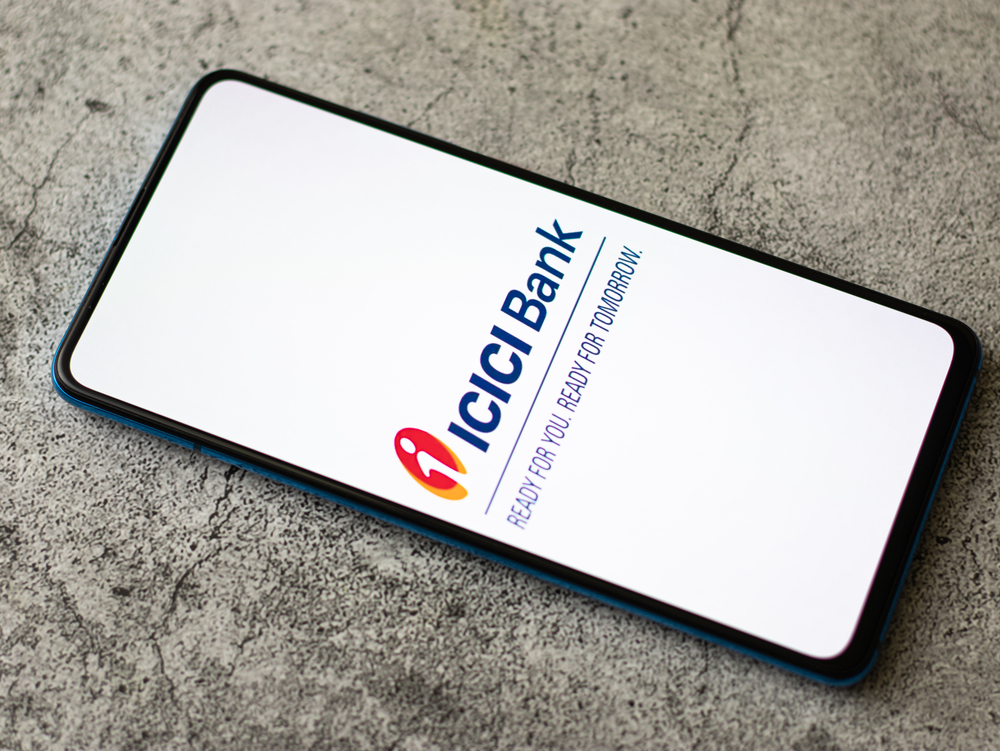Common Mistakes That May Cause Investors to Walk Away
Start-up owners end up losing investors due to a lack of pitch elevator or an insufficient market size

Investors fund a startup only when they see the potential to grow their money at least 10 times. Thus getting money from investors is not an easy task for any startup. The following are few common mistakes that may cause investors to walk away from investing:
● Lack of Elevator Pitch
If you catch any investor in a startup event, begin your introduction with an elevator pitch of your startup. Elevator pitch is a 2-3 line introduction of your startup which hooks the interest of the investor. Investors are busy people who get a lot of pitches every week. Thus if you want them to be interested then you need a good elevator pitch that can hook the investor into listening to your complete proposal.
● Lack of Problem Description in a Pitch Deck
Startups are born on the premise of solving big problems. If your pitch deck does not contain a problem statement, investors will lose interest in the pitch pretty soon. Try to have the problem statement you are solving quite early in the pitch deck.
● Lack of Big Market Size
Startup investors want to invest in a startup that can grow 100 times in the next 5 years. You need to have the potential to win in a big market in the next few years. Thus you need to clearly tell the following to investors:
● Total Addressable Market (TAM): Total market demand for the product Example: For a global EdTech startup focusing on school education the total addressable market is 2 billion kids. Say if the product is a mobile game and the estimated average potential price per download is $5 then the total TAM will be 2 billion x $5 = $10 billion dollars
● Serviceable Available Market (SAM): Total market of the product that can be reached practically. Example: For a global EdTech startup focusing on school education the SAM will be kids who have access to the internet or some offline digital medium. If a kid does not have any digital access then the EdTech company cannot practically reach the kid. This figure will be smaller than TAM. So if say 1 billion kids have digital access globally and they can be sold a $5 app then the SAM will be 1 billion x $5 = $5 billion.
● Serviceable Obtainable Market (SOM): Total portion of SAM that can be captured after competition from competitors
Example: For the global EdTech company this may be just 30 per cent of the total SAM as there may be multiple competitors. So the SOM in this case will be $1.5 billion on SAM of $5 billion. Investors would not invest if you do not share TAM, SAM, SOM or if they are small.
● Lack of a Good Team
One of the most important aspects any investor focuses on is having a good team that can execute the idea well. Co-founders should know about tech, product and sales. Also, the founders need to be trustworthy and should demonstrate integrity.
● Issues in Due Diligence
Once investors give a go-ahead to investing they put an army of professionals to do due diligence. In case any major issue is found out in due diligence the investor generally will not invest in the startup.
Thus a startup founder should keep these points in mind while approaching investors. Only when you have a good team, good problem statement, good market size and a good elevator pitch to introduce all this, will you have any chance to get funding from investors. Do keep all your legal paperwork up to the mark for a smooth due diligence process.
This author is the Founder of Fun2Do Labs
DISCLAIMER: Views expressed are the author's own, and Outlook Money does not necessarily subscribe to them. Outlook Money shall not be responsible for any damage caused to any person/organisation directly or indirectly.









